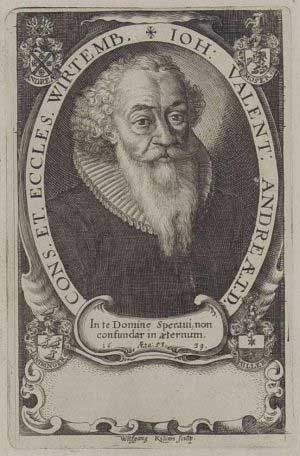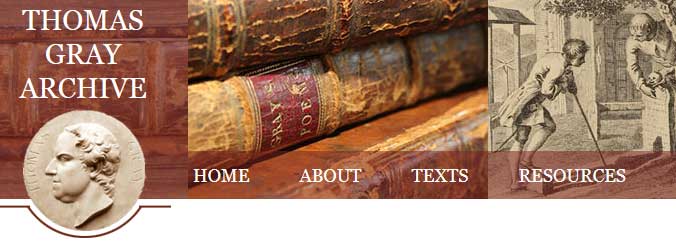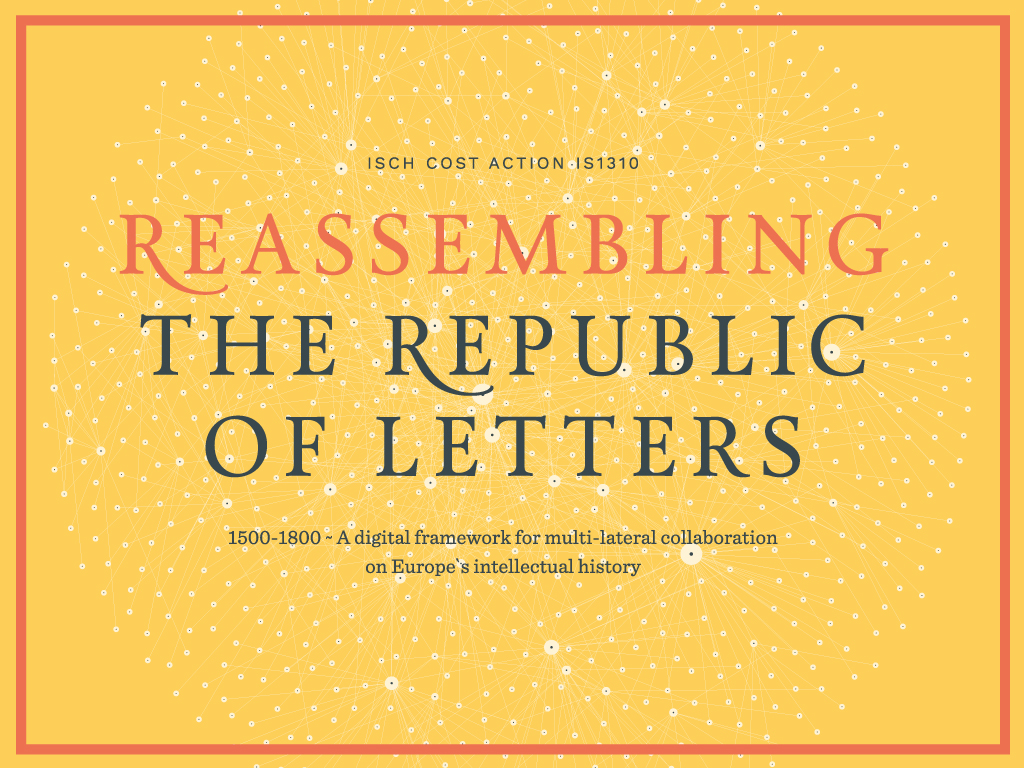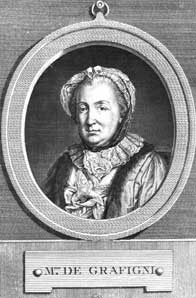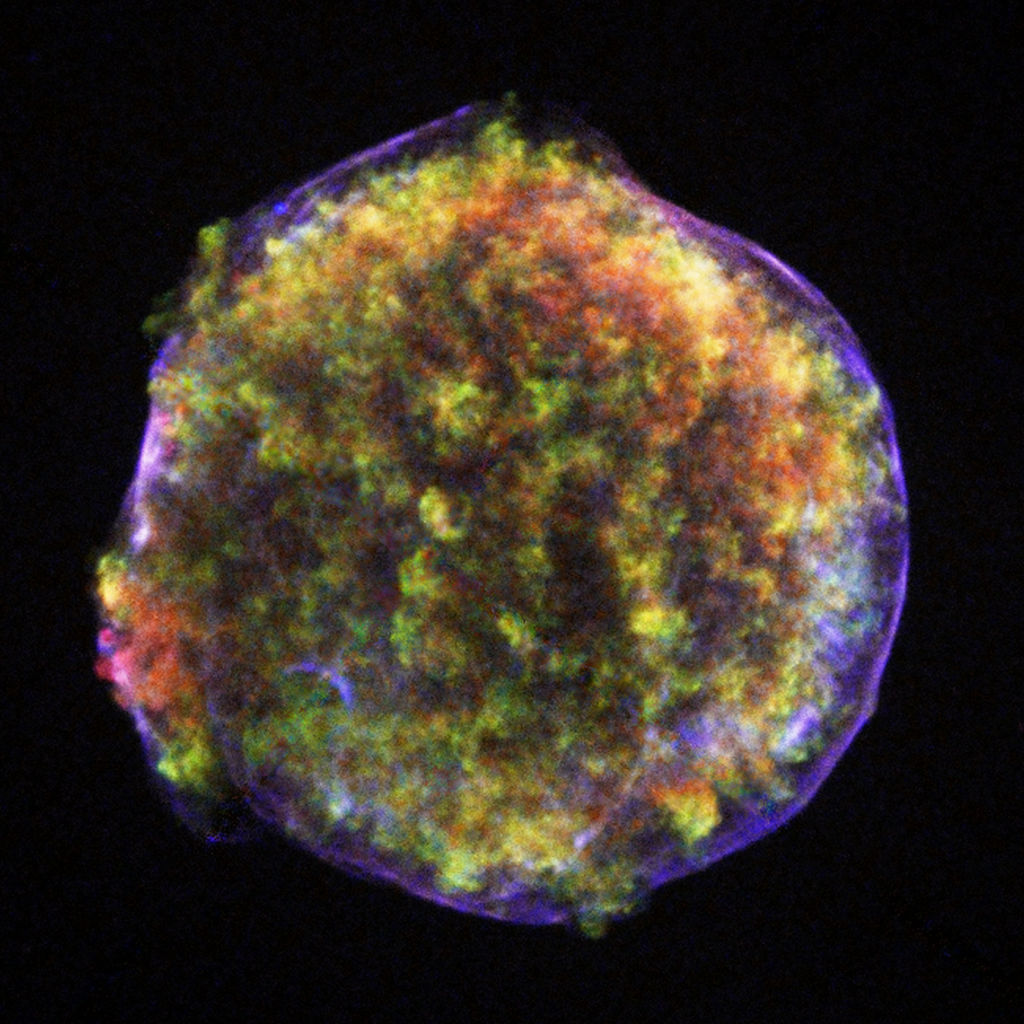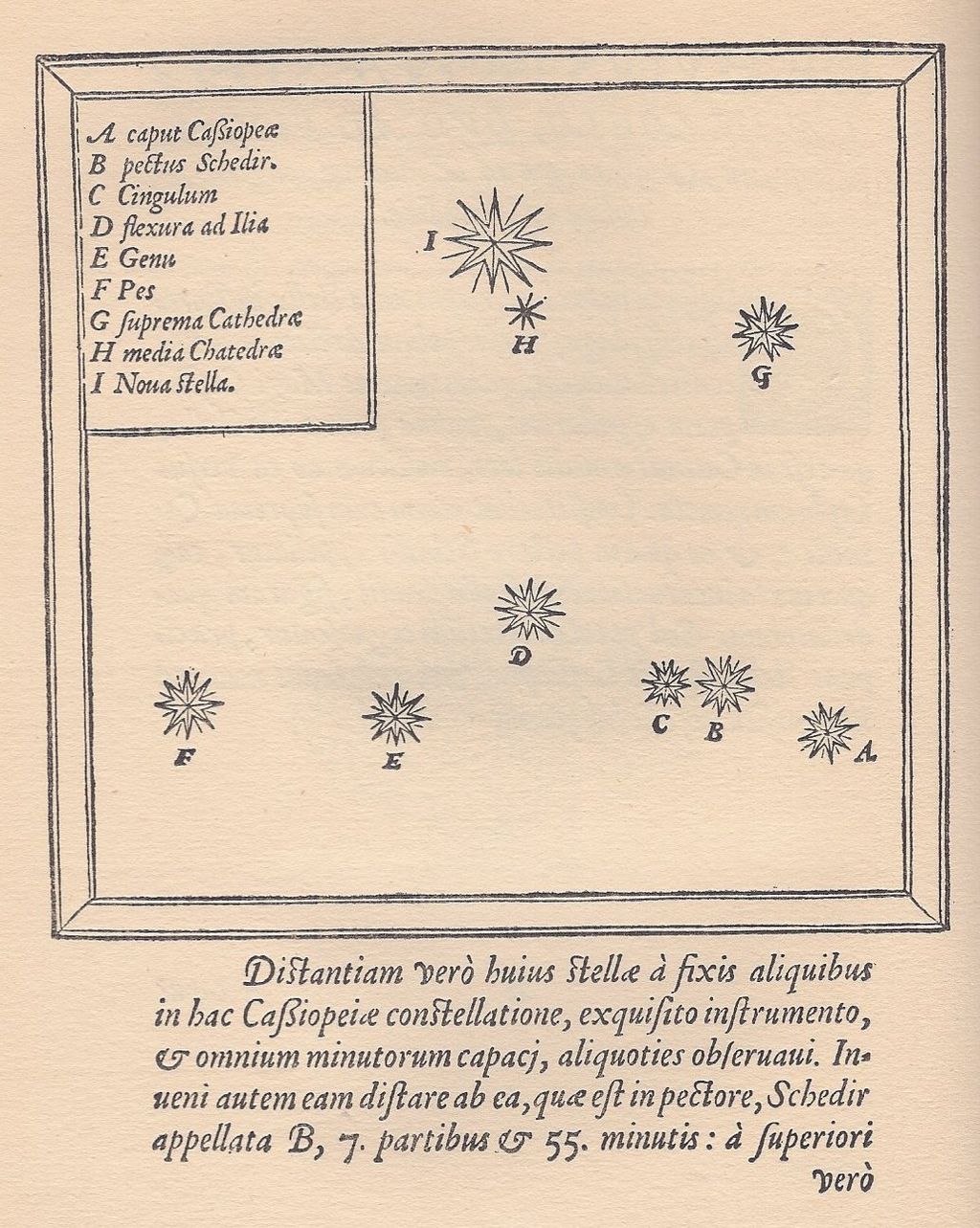We are pleased to announce today’s publication in EMLO of a fascinating collection of letters, known as the Tixall papers, that centres around the correspondence of two English Catholic families. The inclusion of these letters arose as the result of an invaluable suggestion from Dr Victoria van Hyning, whose doctoral thesis investigated the literary culture of early modern English Augustinian nuns at St Monica’s convent in Louvain and its daughter house, the English convent of Nazareth in Bruges.
The Aston and the Thimelby families, both Staffordshire based, were united by two marriages in the middle decades of the seventeenth century. Their letters, which were edited by Arthur Clifford and published early in the nineteenth century, span the seventeenth and extend into the first decade of the eighteenth centuries. As Dr van Hyning explains in her introductory text to the catalogue, while the Thimelbys were life-long Catholics, Sir Walter Aston (1585–1639),

Image courtesy of the National Portrait Gallery, London.
the head of the Tixall estate, had converted on the occasion of his first ambassadorial visit to Spain. Many of the children from both families took religious vows, and it is particularly apt that their correspondence should be made available online in the same week that a workshop entitled Catholic Legacies, 1500–1800: Uncovering Catholic lives and records is scheduled to take place on Wednesday, 16 September, at the Bodleian’s Weston Library.
The papers in this workshop will explore Britain’s rich early modern Catholic heritage through archival and material culture sources and the day will include examination of material in the Bodleian collections, as well as from the Vatican Library, the Archives of the Jesuit Province in Britain, the Archives of the Canonesses of the Holy Sepulchre, the Blairs Museum, the British Museum, and Stonyhurst College. Speakers include Adalbert Roth (Vatican Library), Thomas McCoog SJ (Fordham), Hannah Thomas (Durham), Lucy Wooding (KCL), Peter Davidson (Aberdeen), Dora Thornton (British Museum), and Jan Graffius (Stonyhurst College). From 9am–3.30pm attendance is free; booking is essential only for the special display session arranged for 4–5pm. So, should you happen to be in Oxford and would like further information about the workshop, details are available here, while further details concerning the Tixall collection may be found in EMLO on the catalogue’s introductory page.

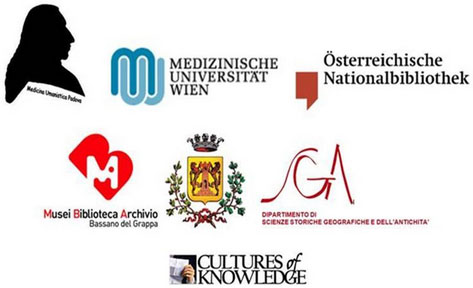 the
the 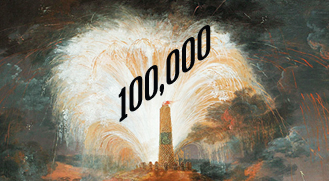
 We could not be more delighted to announce today’s publication in EMLO of a fascinating sixteenth-century correspondence catalogue: that of
We could not be more delighted to announce today’s publication in EMLO of a fascinating sixteenth-century correspondence catalogue: that of 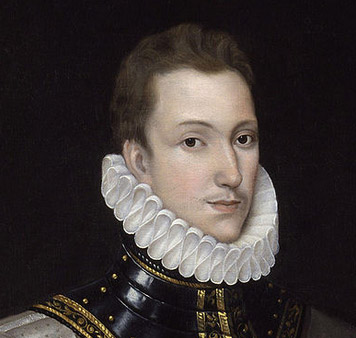
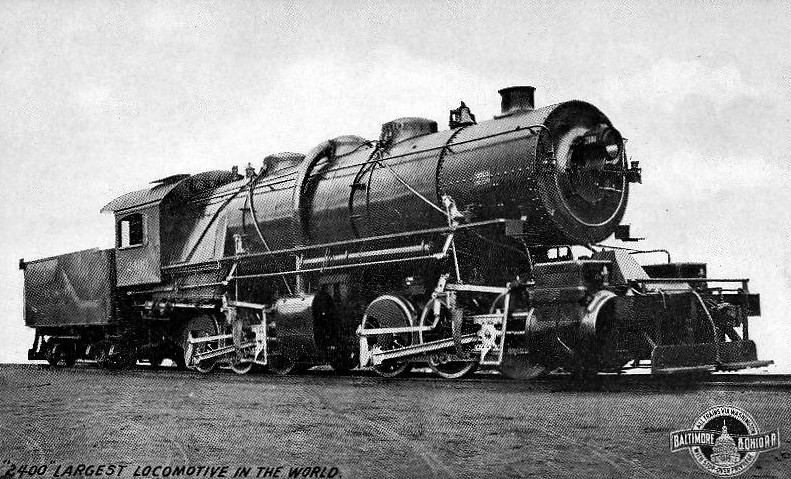
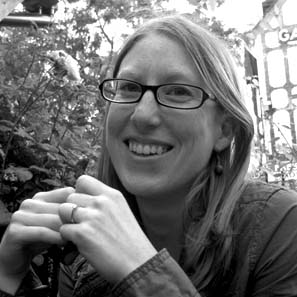 For those readers who can scarcely imagine Cultures of Knowledge without Lizzy in the driver’s seat, it is my sorrowful duty to confirm the implication of this opening paragraph: yes, our friend and colleague, Lizzy Williamson, has headed west for a life in the New World. Oxford to Baltimore is a difficult commute and so, armed with her green card, Lizzy has taken the decision to move continents and to settle with her husband in Maryland.
For those readers who can scarcely imagine Cultures of Knowledge without Lizzy in the driver’s seat, it is my sorrowful duty to confirm the implication of this opening paragraph: yes, our friend and colleague, Lizzy Williamson, has headed west for a life in the New World. Oxford to Baltimore is a difficult commute and so, armed with her green card, Lizzy has taken the decision to move continents and to settle with her husband in Maryland. Once again, CofK seems to have attracted just the person it needs to confront a new set of challenges. For six years before his recent period as Digital Humanities Research Associate in the Research and Development Department of Göttingen State and University Library, Arno was Director of Technology in the Humanities Division at the University of Chicago. Only a few weeks into his new post and it is already crystal clear that the wealth of experience obtained in these roles equips him admirably for confronting the unprecedented technical challenges of growing EMLO into a collaboratively designed, built, and populated resource.
Once again, CofK seems to have attracted just the person it needs to confront a new set of challenges. For six years before his recent period as Digital Humanities Research Associate in the Research and Development Department of Göttingen State and University Library, Arno was Director of Technology in the Humanities Division at the University of Chicago. Only a few weeks into his new post and it is already crystal clear that the wealth of experience obtained in these roles equips him admirably for confronting the unprecedented technical challenges of growing EMLO into a collaboratively designed, built, and populated resource.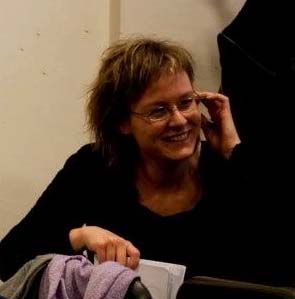 who joins us to combine the dual roles of CofK and COST Administrators. With significant experience in event management and administration, we consider ourselves extremely fortunate that Dobrochna has settled into her crucial seat to enable this invaluable link between the two projects to be created. It may be ‘All Change’ at present the length of the train, but our long term destination remains steadfast ahead, and we would like once again to thank all past and present staff for travelling with us down this particular track.
who joins us to combine the dual roles of CofK and COST Administrators. With significant experience in event management and administration, we consider ourselves extremely fortunate that Dobrochna has settled into her crucial seat to enable this invaluable link between the two projects to be created. It may be ‘All Change’ at present the length of the train, but our long term destination remains steadfast ahead, and we would like once again to thank all past and present staff for travelling with us down this particular track. is available for consultation in the front end of EMLO. This publication marks a significant milestone in the history of Cultures of Knowledge and we could not be more pleased to share with you records for 3,696 manuscript letters (from what will be an eventual total of more than 4,500) contributed by our esteemed partner, the
is available for consultation in the front end of EMLO. This publication marks a significant milestone in the history of Cultures of Knowledge and we could not be more pleased to share with you records for 3,696 manuscript letters (from what will be an eventual total of more than 4,500) contributed by our esteemed partner, the 